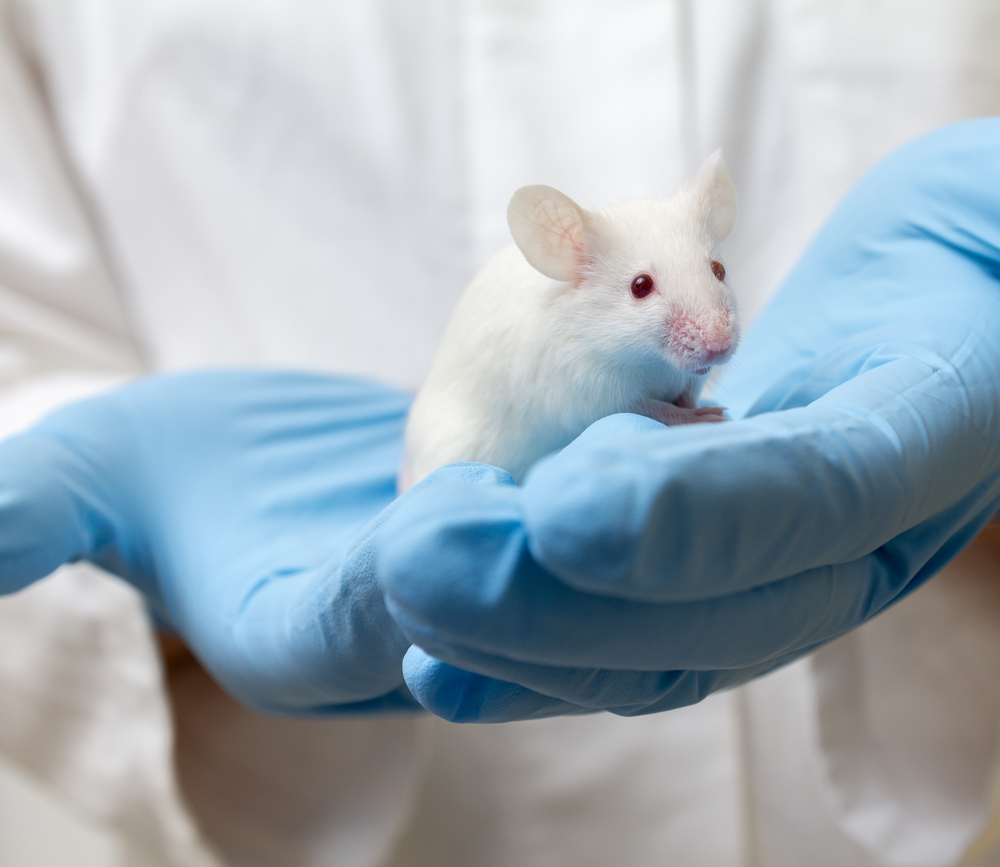Fat Molecule May Help Fight CLN3 Disease, Mouse Study Suggests

Treatment with galactosylceramide (GalCer) — a type of fat molecule — improved motor function, reduced neuronal loss and increased lifespan in a mouse model of juvenile Batten disease, highlighting the potential of this approach as a possible therapeutic strategy.
The study, “Exogenous Galactosylceramide as Potential Treatment for CLN3 Disease” was published in the journal Annals of Neurology.
Mutations in the CLN3 gene lead to the development of CLN3 disease, or juvenile Batten disease, the most common type of Batten disease.
The CLN3 gene gives instructions for making a protein called battenin, which is found mainly in lysosomes; they are cellular compartments that digest and recycle different types of molecules. This protein travels to the cellular membrane after being modified in an organelle called the Golgi apparatus.
Battenin is believed to be required for the successful transport of a fat molecule — galactosylceramide (GalCer) — from the Golgi to the cell membrane. However, in cells with a mutated CLN3 gene, battenin fails to travel to the cell membrane and is retained in the Golgi apparatus and, alongside GalCer, accumulates within lysosomes.
As a result, cells increase the production of ceramide (the fat molecule that gives rise to GalCer), a mechanism that can trigger neuronal death. In fact, increased levels of ceramide levels have been observed in brain samples of patients with CLN3 disease.
In vitro (in the lab) studies have shown that treatment with GalCer can result in beneficial effects in cells and animal models of Batten disease by enhancing cell growth and reducing cell death.
In this study, researchers assessed the effects of GalCer when injected for 40 weeks directly into the abdomen of a mouse model of CLN3 disease.
The same team already had shown that GalCer given to mice for 11 to 13 weeks was able to cross the blood brain barrier and reach the brain, where it decreased the levels of ceramide. The blood brain barrier is a highly selective membrane that shields the central nervous system and the brain from the general blood circulation.
They evaluated the impact of GalCer by assessing the animals’ behavior using several tests; they also assessed the levels of ceramide in the brain. Specifically, the tests used measured animals’ motor functions and coordination, and included the grip strength meter, the Rotarod and pole-climbing tests.
The results showed that compared to control mice, treatment with GalCer improved the grip strength of forelimbs in both male and female mice. Males also improved motor coordination during the pole-climbing test and female mice achieved better balance in the Rotarod test.
GalCer treatment also lowered the amount of nerve cell death, as shown by an increase in the levels of a protein called NeuN, whose loss within neurons is indicative of damage.
In GalCer-treated mice, the levels of NeuN in a brain area that controls voluntary movement (motor cortex) increased by 10% in female mice and 14% in male mice. GalCer supplementation also reduced ceramide levels in the brain and blood, which was accompanied by a reduction in brain cell death.
GalCer injection decreased by 15% a reaction called astrocytosis in the hippocampus, which is a brain region linked to memory and spatial navigation. Astrocytosis is an abnormal increase in the number of astrocytes (a group of nerve cells that provide support to neurons) in an effort to replace dying neurons.
Moreover, treatment with GalCer tended to decrease mitochondrial adenosine triphosphate (ATP) synthase subunit C storage — a molecule commonly found accumulated in tissues in the context of Batten disease — in specific brain regions in both male and female mice. However, these differences were not statistically significant.
Importantly, compared to control mice, treatment with GalCer enhanced the mice’s life spans from an average of 102.2 weeks to 123 weeks.
Overall, the researchers believe these findings support the therapeutic potential of supplementation of GalCer for CLN3 disorder.
“GalCer is an optional treatment for CLN3 disease in humans, for which no treatment exists,” the researchers wrote.
Moreover, the team believes that assessing the levels of ceramide in the blood may become a potential biomarker to assess the effectiveness of new therapies for CLN3 disease.





